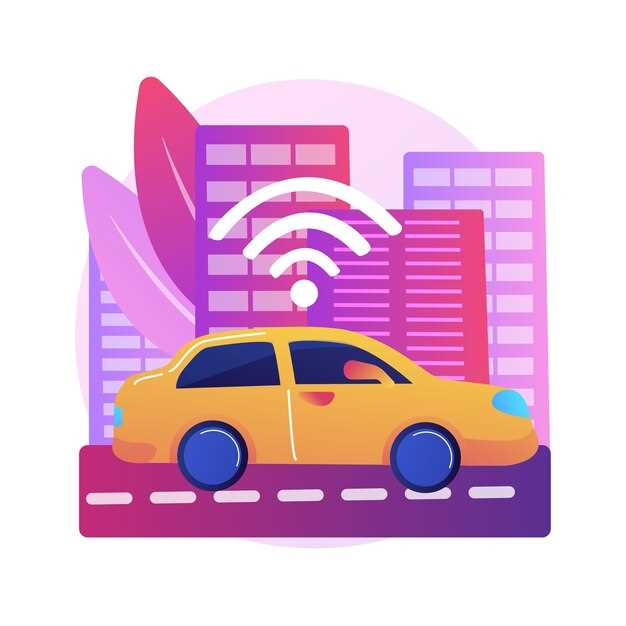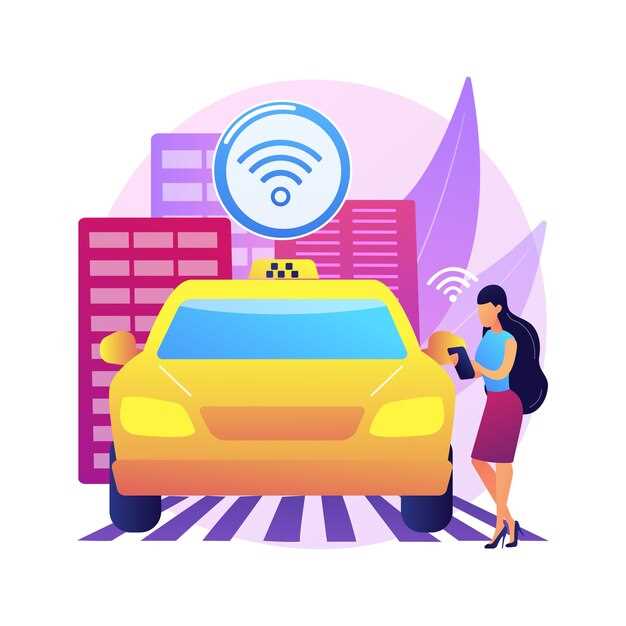
The advent of autonomous driving technology represents a significant turning point in the transportation industry. As companies invest heavily in research and development, the implications of self-driving vehicles extend far beyond mere convenience; they promise to reshape the very framework of how transportation operates. With innovations in artificial intelligence, machine learning, and sensor technology, autonomous vehicles (AVs) are poised to redefine mobility, safety, and efficiency on our roads.
One of the most profound impacts of autonomous driving is its potential to drastically reduce traffic accidents. According to statistics, human error is responsible for over 90% of traffic collisions. By eliminating the need for human intervention, AVs could significantly enhance road safety, decreasing fatalities and injuries. This shift not only promises to save lives but also has potential economic benefits, reducing costs associated with accidents, insurance, and healthcare.
Moreover, the introduction of autonomous vehicles could lead to transformative changes in urban planning and congestion management. With optimized routing algorithms and the ability to communicate with traffic systems, AVs can enhance traffic flow and reduce congestion. This advancement may encourage cities to rethink transportation infrastructure, leading to the development of smart cities where mobility is seamlessly integrated with surrounding environments.
As the autonomous driving technology matures, it poses new challenges and considerations for regulatory frameworks and public acceptance. The transition to autonomous transportation will require collaboration among government agencies, technology developers, and the public to address ethical dilemmas, liability issues, and job displacement in traditional transportation roles. The journey towards fully autonomous driving may be complex, but its potential to revolutionize the transportation landscape is undeniable.
How Autonomous Vehicles Are Reshaping Urban Mobility

Autonomous vehicles (AVs) are revolutionizing urban mobility by introducing new paradigms in transportation that enhance efficiency, safety, and accessibility. One of the most significant impacts of AVs is the reduction of traffic congestion. With advanced algorithms and real-time data analysis, these vehicles can optimize routes and decrease travel times, thereby reducing the overall number of cars on the road.
In addition, the integration of AVs into public transportation systems is streamlining the commute experience. Autonomous shuttles and buses can operate on-demand, providing first-mile and last-mile solutions that complement existing public transit networks. This flexibility encourages more individuals to utilize public transportation, thus lowering reliance on personal vehicles and reducing urban pollution levels.
Safety is another critical consideration. Autonomous vehicles are equipped with sophisticated sensors and machine learning capabilities that significantly enhance their ability to detect obstacles and react to dynamic traffic situations. The potential for reducing accidents caused by human error presents a compelling case for their widespread adoption, leading to safer roads and fewer injuries in urban environments.
Furthermore, AVs can promote inclusivity in transportation. Individuals with disabilities, the elderly, and those without driving licenses can benefit from the independence that autonomous vehicles provide. By enabling these groups to travel effortlessly within their communities, the mobility landscape becomes more equitable and accessible.
However, the integration of autonomous vehicles into urban settings presents challenges, such as regulatory hurdles, infrastructure improvements, and public acceptance. Urban planners must rethink road designs and traffic management systems to accommodate AVs. Moreover, educating the public about the benefits and operation of these vehicles is vital to foster trust and encourage adoption.
In summary, autonomous vehicles are not merely a technological advancement; they signify a fundamental shift in how urban mobility is conceived and enacted. By addressing congestion, increasing safety, enhancing public transportation, and promoting inclusivity, AVs have the potential to create smarter, more livable cities.
The Economic Implications of Self-Driving Technologies on Job Markets
The emergence of self-driving technologies is poised to significantly reshape job markets across various sectors. One of the most immediate effects is the potential displacement of millions of driving-related jobs. Occupations such as truck drivers, taxi operators, and delivery personnel face the highest risk, as autonomous vehicles become more viable and economically feasible to operate. This shift may result in substantial job losses, raising concerns about economic stability and the livelihoods of those affected.
However, the transition to autonomous driving is unlikely to be entirely negative for employment. While many jobs may be lost, new roles will likely emerge in technology development, maintenance, and oversight of self-driving systems. The demand for software engineers, data analysts, and cybersecurity specialists is expected to increase, reflecting the need for skilled professionals to design, monitor, and improve autonomous driving technologies. This technological evolution could create a more skilled workforce, necessitating retraining and educational programs to bridge the gap between traditional jobs and new opportunities.
Moreover, the integration of self-driving vehicles into transportation systems can lead to enhanced productivity and economic growth. Autonomous vehicles can improve logistics efficiency, reduce operational costs, and lower accident rates, potentially resulting in lower insurance premiums and healthcare costs. These economic benefits may stimulate job creation in adjacent industries, including technology, telecommunications, and urban planning, as cities adapt to new transportation frameworks.
Furthermore, the socio-economic implications of self-driving technologies extend beyond just jobs. A reshaping of urban environments is anticipated, with less need for parking spaces and more emphasis on public transport solutions. As cities adopt smarter mobility solutions, there could be an influx of opportunities in designing infrastructure that accommodates both human and autonomous traffic.
In conclusion, while self-driving technologies present challenges to traditional job markets, they also open doors to new employment opportunities and economic growth. The key to maximizing the benefits of this transition lies in proactive planning, investment in education, and retraining programs, ensuring that workers are equipped to thrive in the evolving landscape created by autonomous driving.
Regulatory Challenges and Safety Standards for Autonomous Driving

The rapid development of autonomous driving technology presents significant regulatory challenges that must be addressed to ensure public safety and encourage innovation. One of the foremost challenges is establishing clear legal frameworks that define the operational limits and responsibilities of autonomous vehicles (AVs). Current traffic laws, primarily designed for human drivers, are often insufficient for governing fully autonomous systems, leading to ambiguity in liability, insurance, and traffic enforcement.
Another critical aspect is the need for uniform safety standards across different jurisdictions. Currently, regulations for AVs vary significantly between regions, resulting in a patchwork of requirements that manufacturers must navigate. This inconsistency complicates the testing and deployment phases, as companies must adapt their technologies to comply with diverse regulatory environments. As a result, there is a pressing need for international cooperation to develop harmonized safety standards.
Safety standards for autonomous vehicles center around several key components, including sensor performance, software reliability, and cybersecurity measures. Regulatory bodies, such as the National Highway Traffic Safety Administration (NHTSA) in the United States, are tasked with formulating guidelines that ensure these systems can effectively deal with real-world scenarios. Manufacturers are often required to conduct extensive testing and validation processes to prove their systems’ safety before they can be deployed on public roads.
Furthermore, the rapid pace of technological advancement poses a challenge for regulators, who must keep up with innovations without stifling progress. Continuous monitoring and adaptability of regulations will be essential to accommodate emerging technologies, such as artificial intelligence and machine learning algorithms used in AVs. Engaging with industry stakeholders, including manufacturers, technology developers, and consumer advocacy groups, is crucial for creating relevant and effective regulations.
To navigate these regulatory challenges successfully, comprehensive frameworks that incorporate input from various sectors and emphasize safety, innovation, and public confidence are essential. Policymakers must strike a balance between encouraging technological advancement and ensuring the highest level of safety for all road users.

